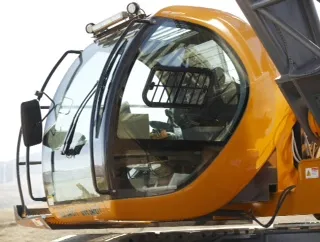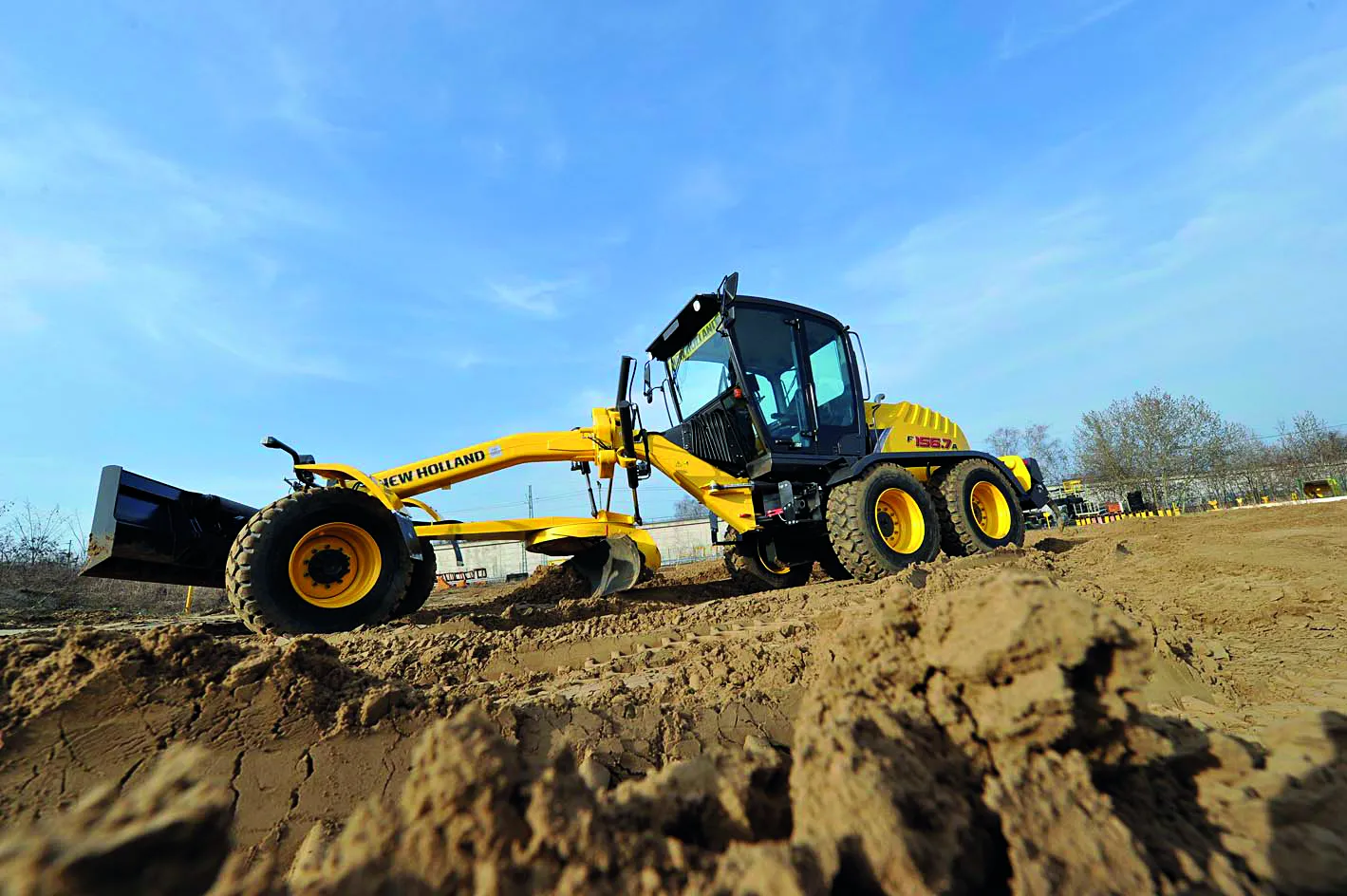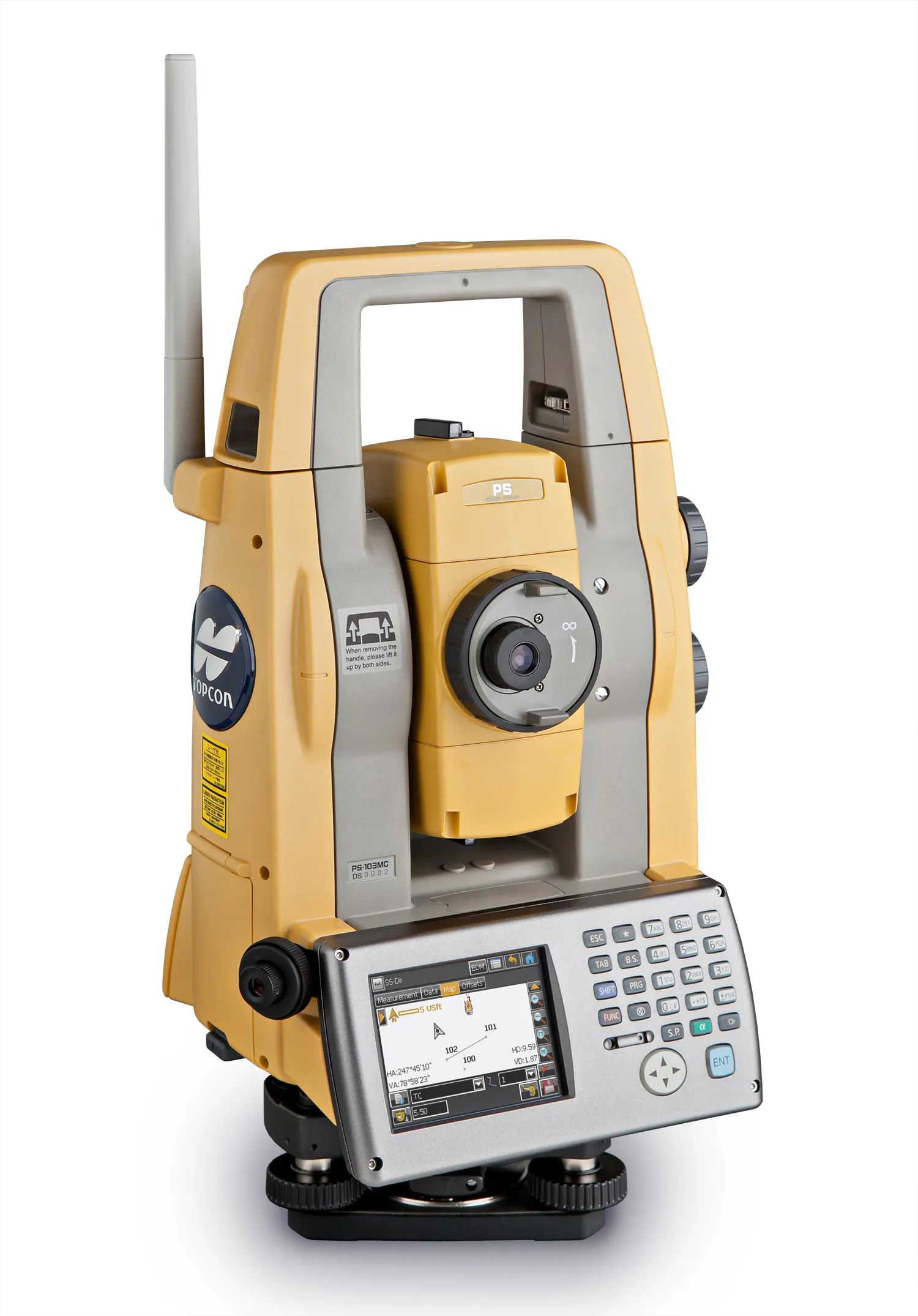Sany America is offering a new 500 tonne class crawler crane aimed to fill a gap in its range that suits duties in infrastructure projects. The Sany SCC8500 is well-suited for construction of 100m wind towers and placing 2.5MW nacelles. The SCC8500 can make these lifts with a straight boom and an offset wind tip, with no need for a back mast. With a full complement of attachments and options, including fixed jib, luffing jib and the SANY UltraLift package, the SCC8500 can also be used in infrastructure proj
January 31, 2013
Read time: 3 mins

Its novel auto counterbalance equalisation (ACE) system senses the boom angle and uses hydraulic cylinders to automatically adjust the position of the movable upperworks counterweight. The standard ACE System has one upperworks tray with hanging brackets and 20 upper sideblocks for 217tonnes of counterweight. This design reduces overall crane weight. The base machine can be transported on 21 trucks, but does not require a counterweight wagon, making it more mobile on the job site.
The optional UltraLift package includes a second counterweight tray with hanging brackets and 36 upper sideblocks for 394tonnes of counterweight. A second pair of hydraulic cylinders extends the counterweight beam to 16m. The counterweight beam is supported by a back mast in the UltraLift configuration.
The new UltraCab increases operator performance and comfort, with a wide field of reinforced glass for good views of the load and job site. The cab’s steel frame has overhead structural plates for added security. The UltraCab tilts up 20° for visibility and it has a high-resolution display showing key parameters. The proprietary load moment indicator automatically detects lifting capacity, boom angle, top height and radius to ensure reliable operation. A closed-circuit television system gives the operator views of all winches, the counterweight and job-site surroundings. An anemometer on the boom tip monitors wind speed and transmits the data to the in-cab monitor. An electronic level indicator displays data on levelness of the crane. Ground pressure can also be displayed on the control panel.
The SCC8500 has 10 available configurations for main boom, fixed jib and luffing jib. Maximum main boom length is 108m on the basic machine and 121.1m with the UltraLift configuration. The fixed jib has a maximum length of 42m in both basic machine and UltraLift. The maximum luffing jib length is 72m for the basic machine and 84m in the UltraLift configuration. The crane is powered by a 447.4kW
%$Linker:
%$Linker:








